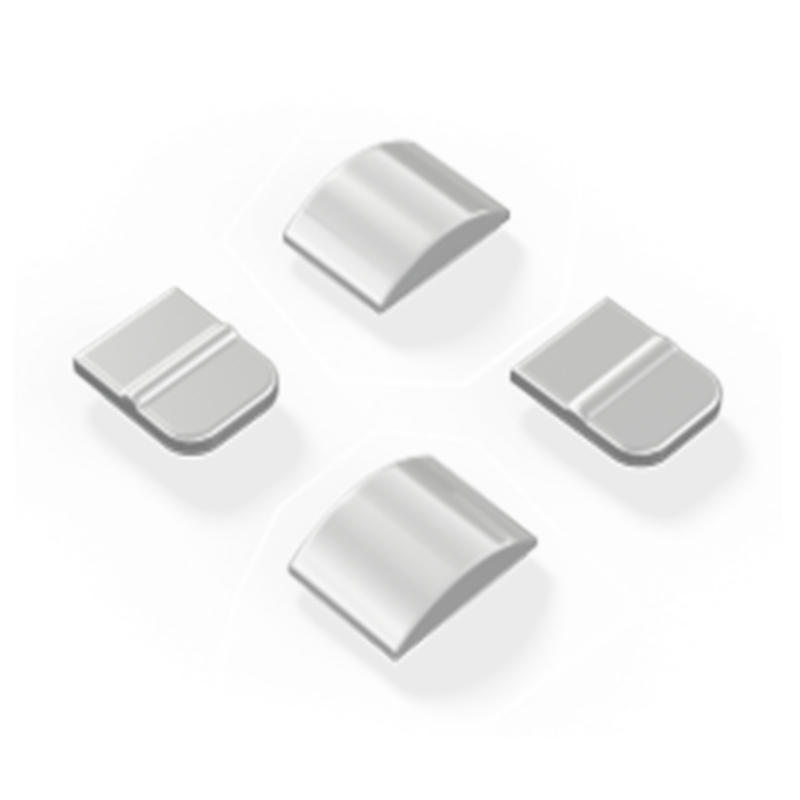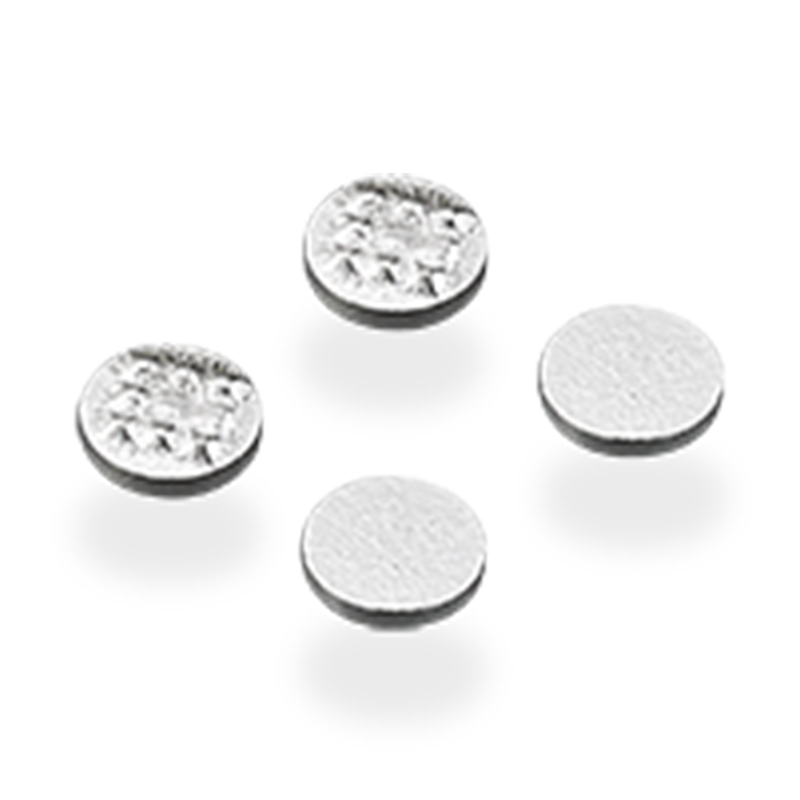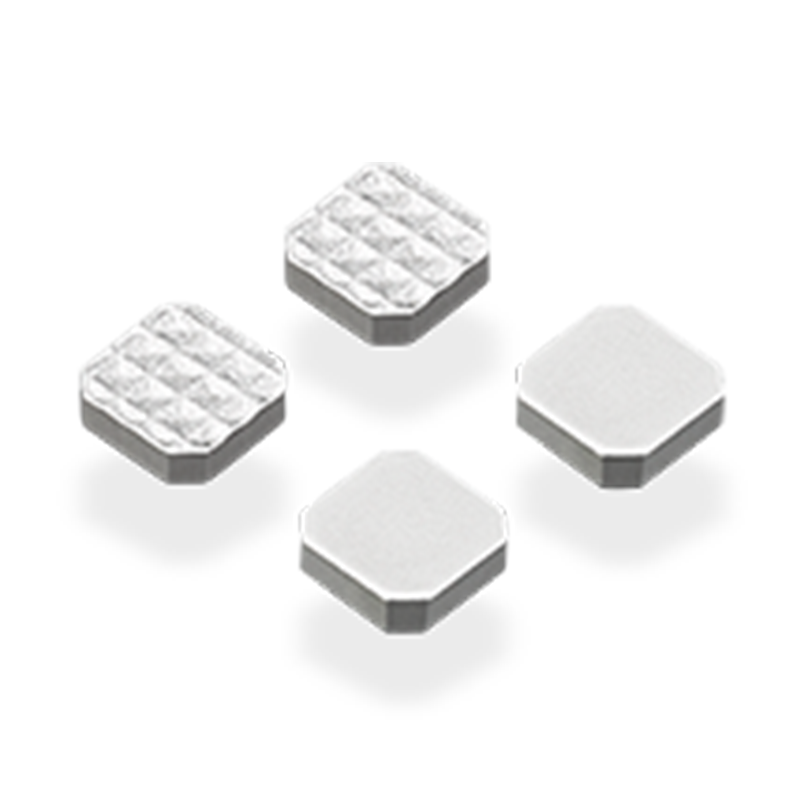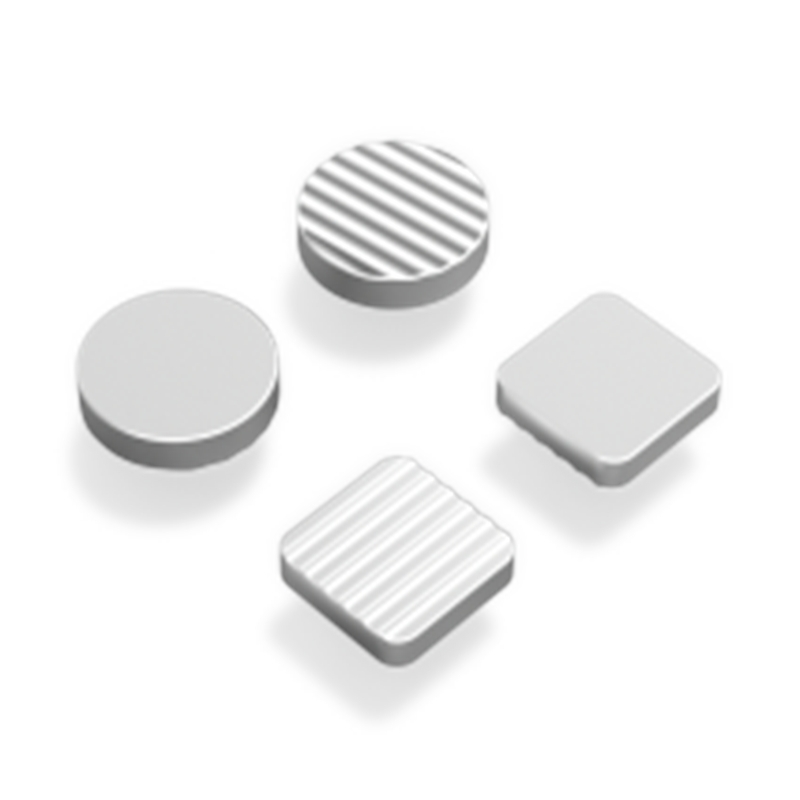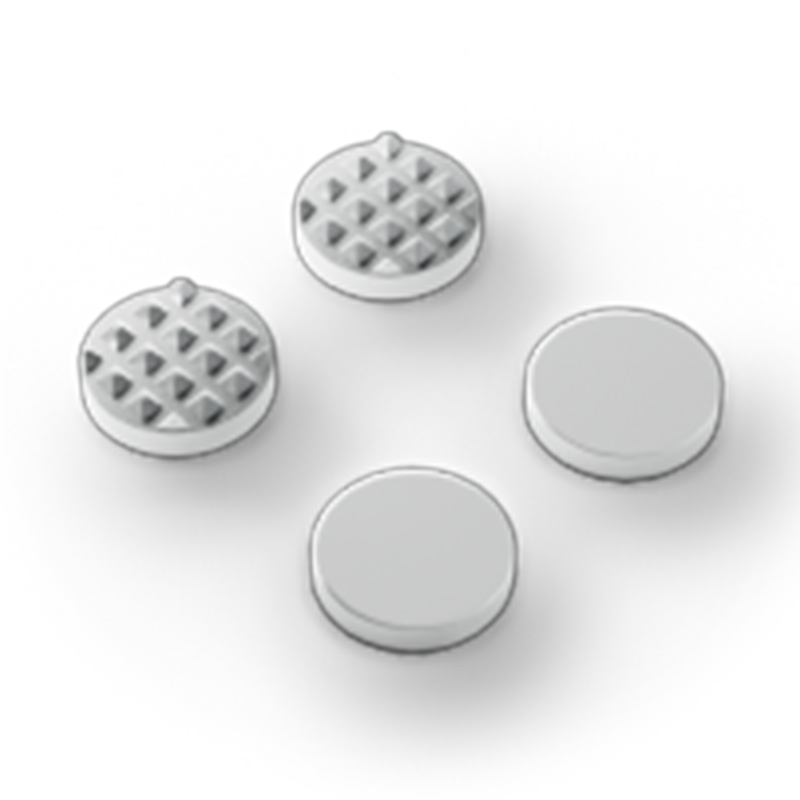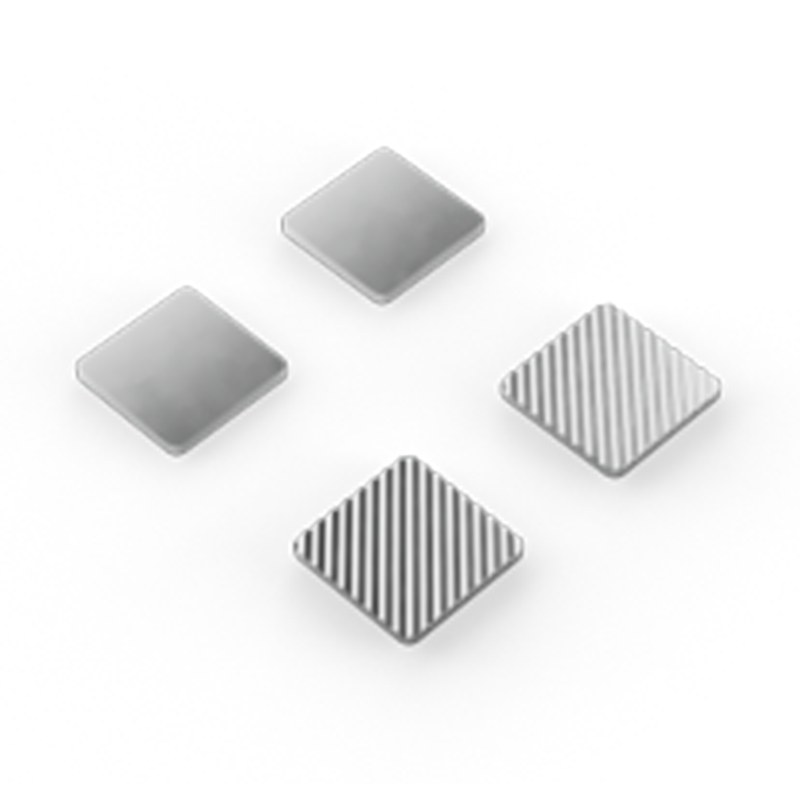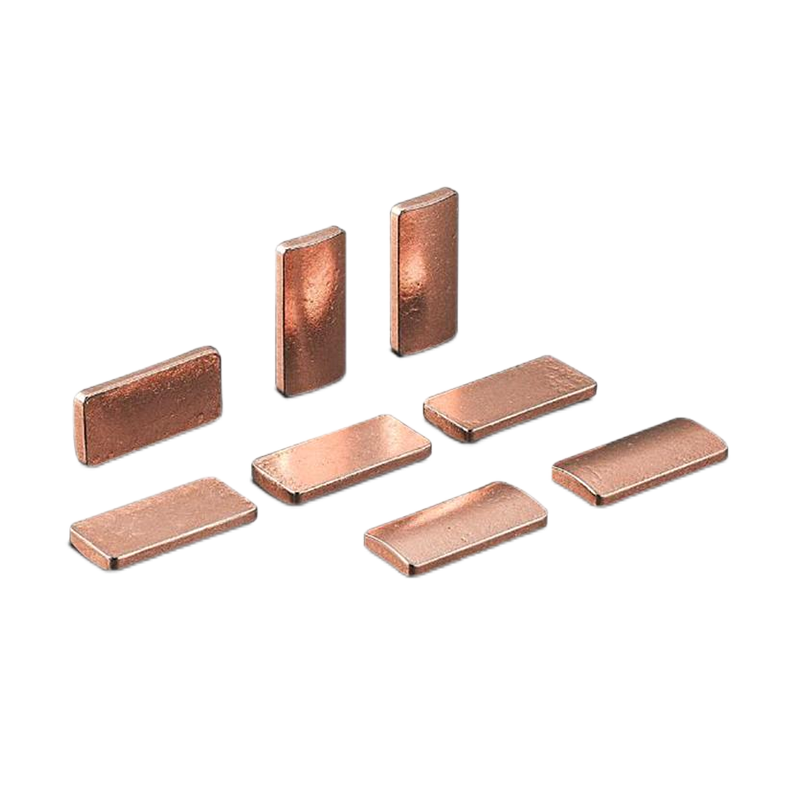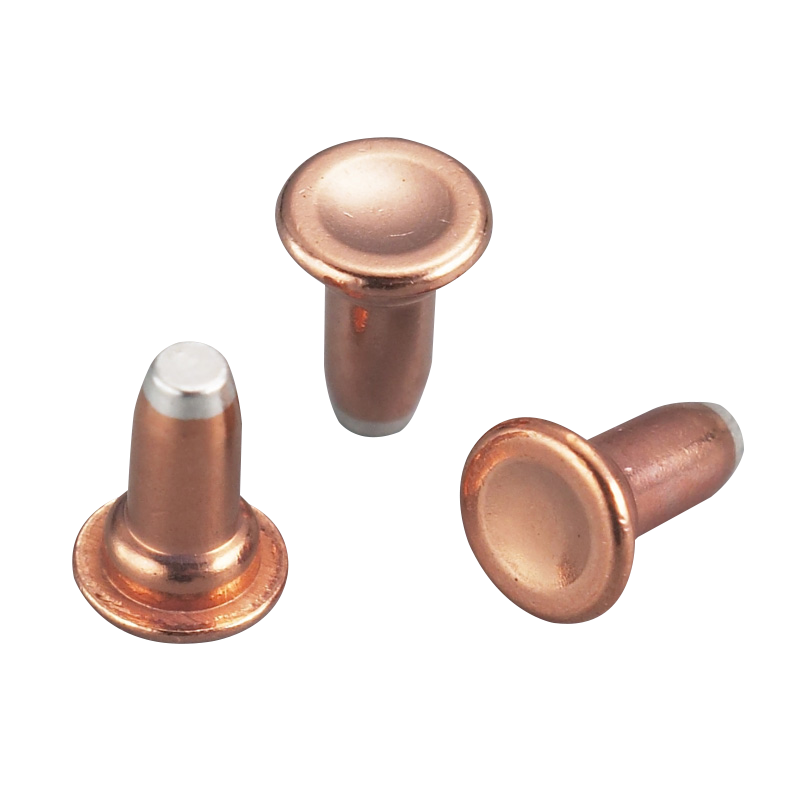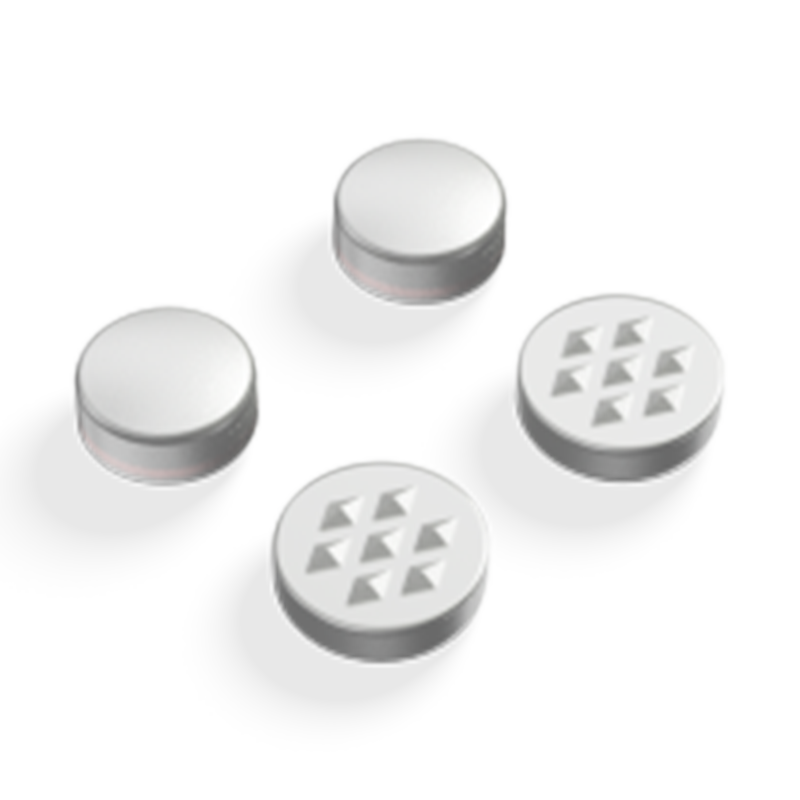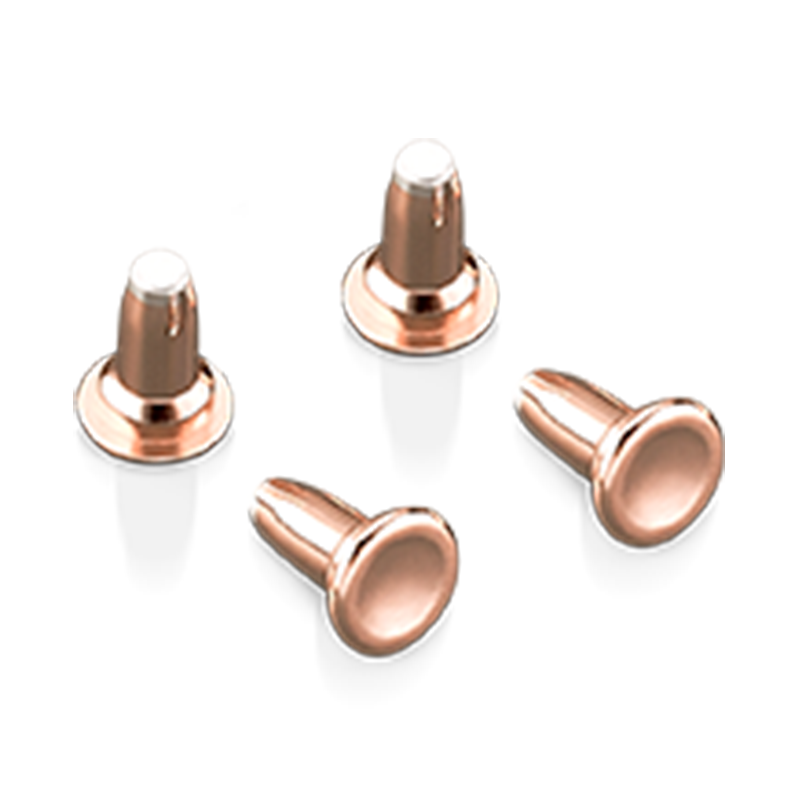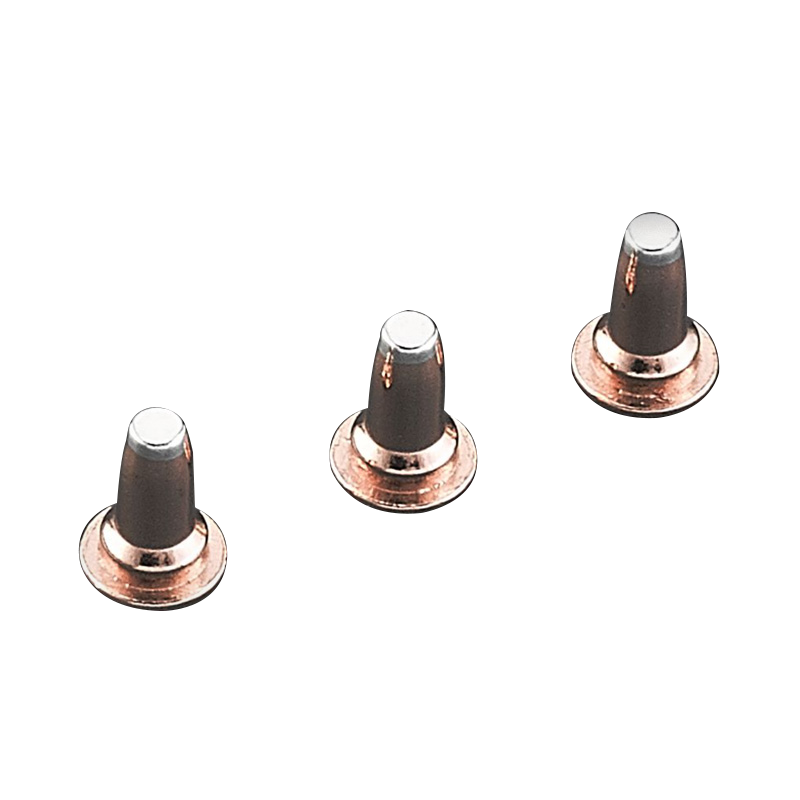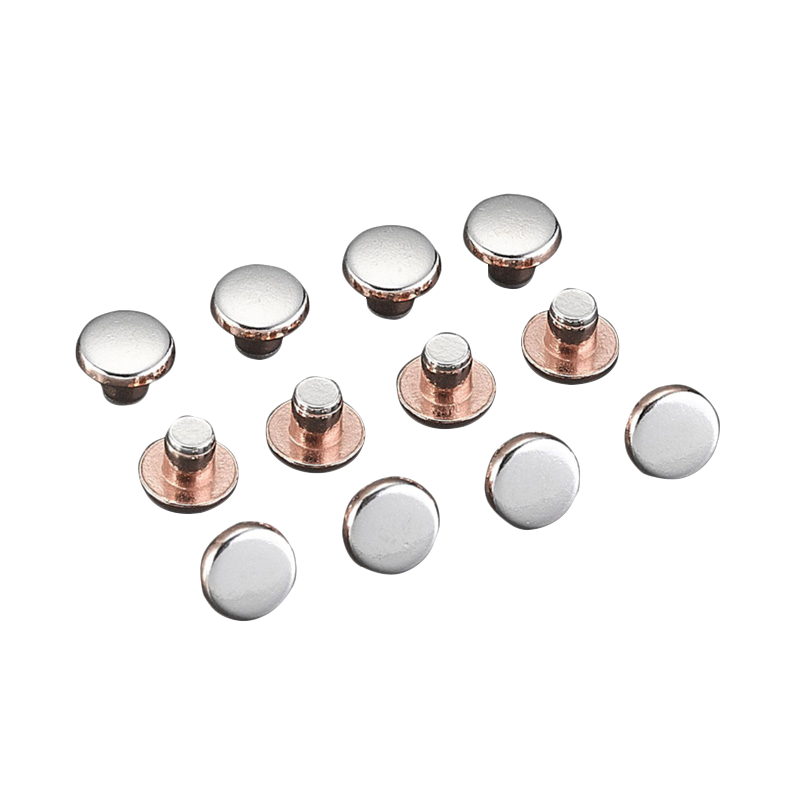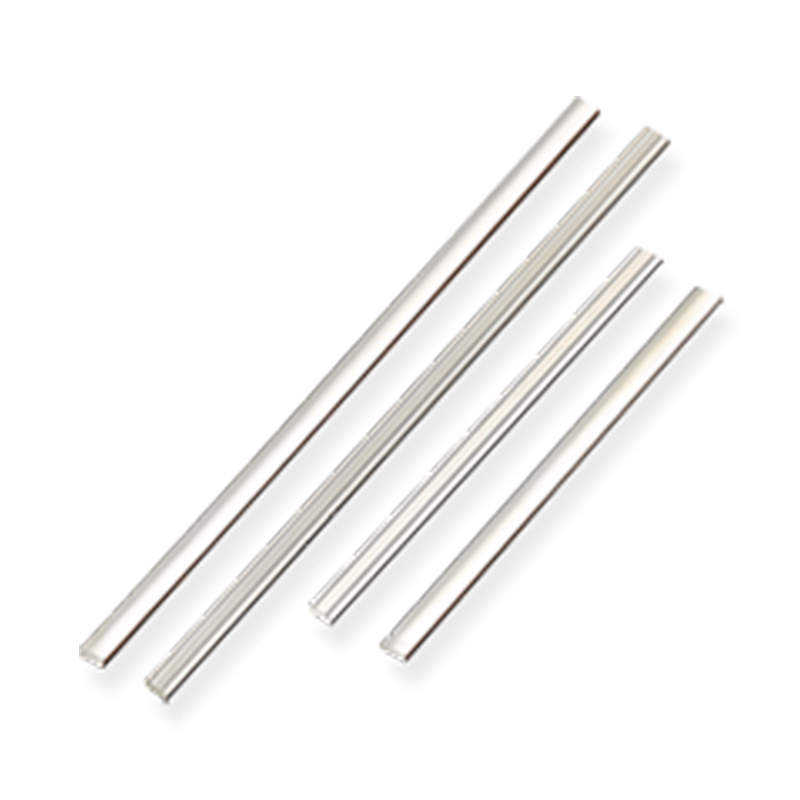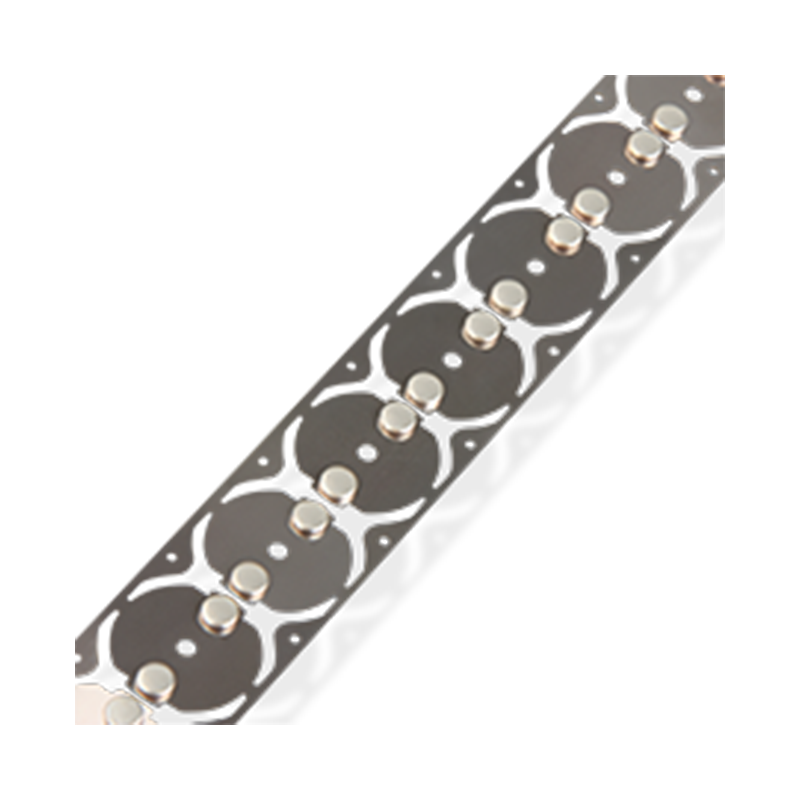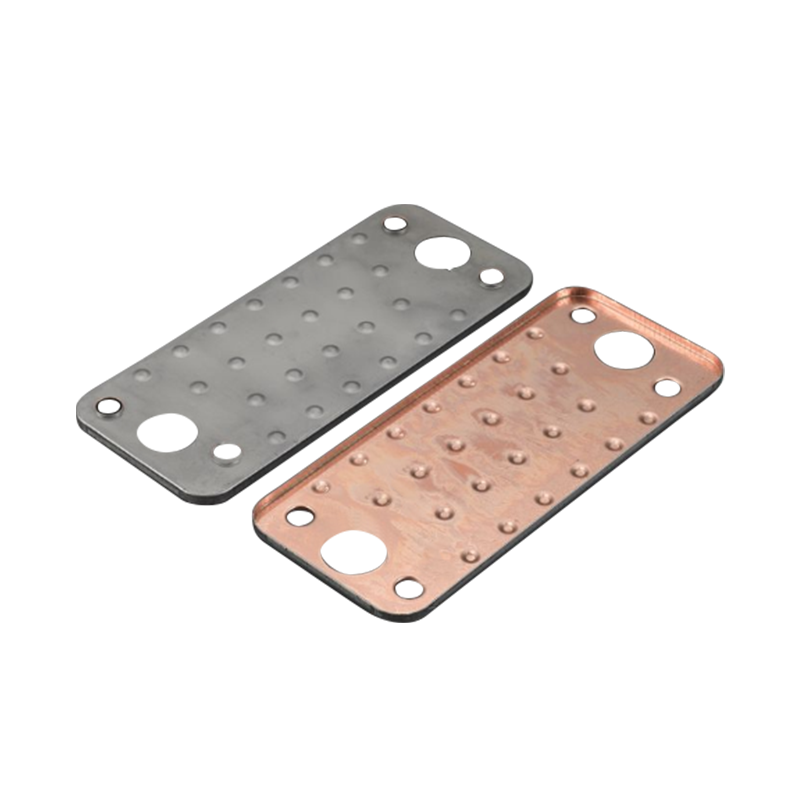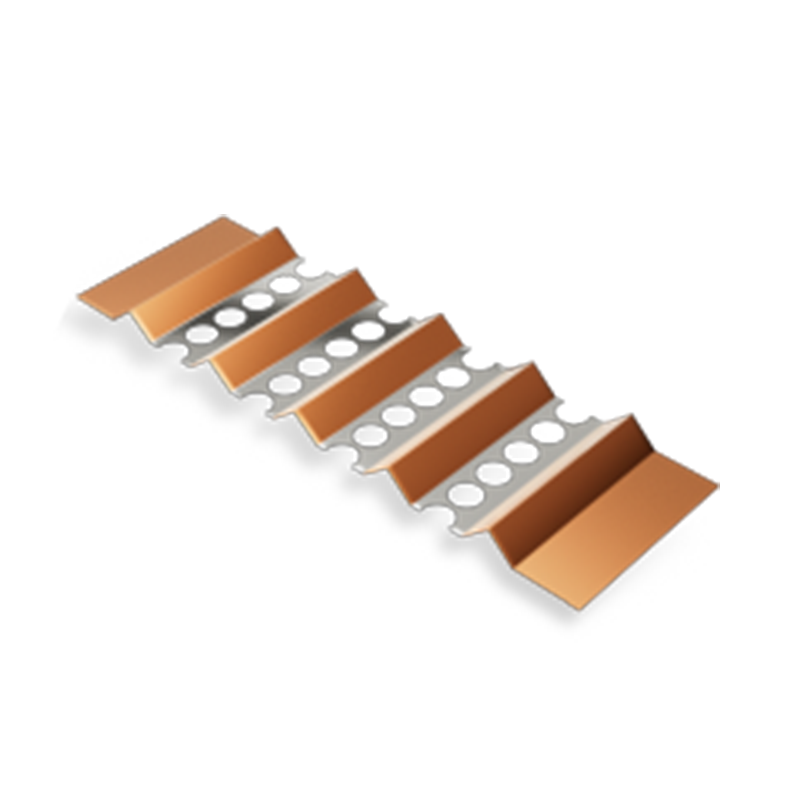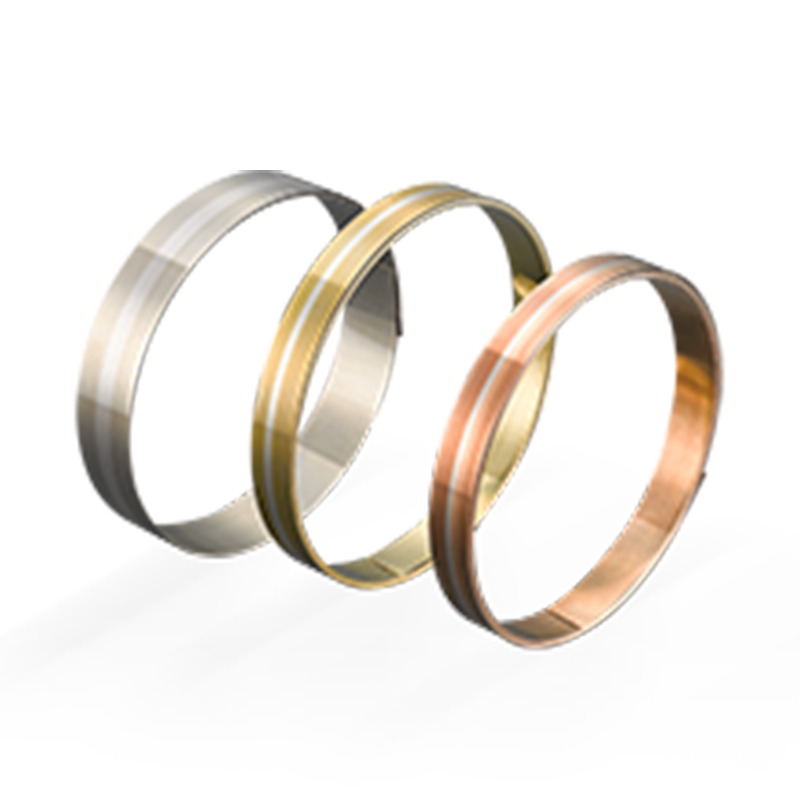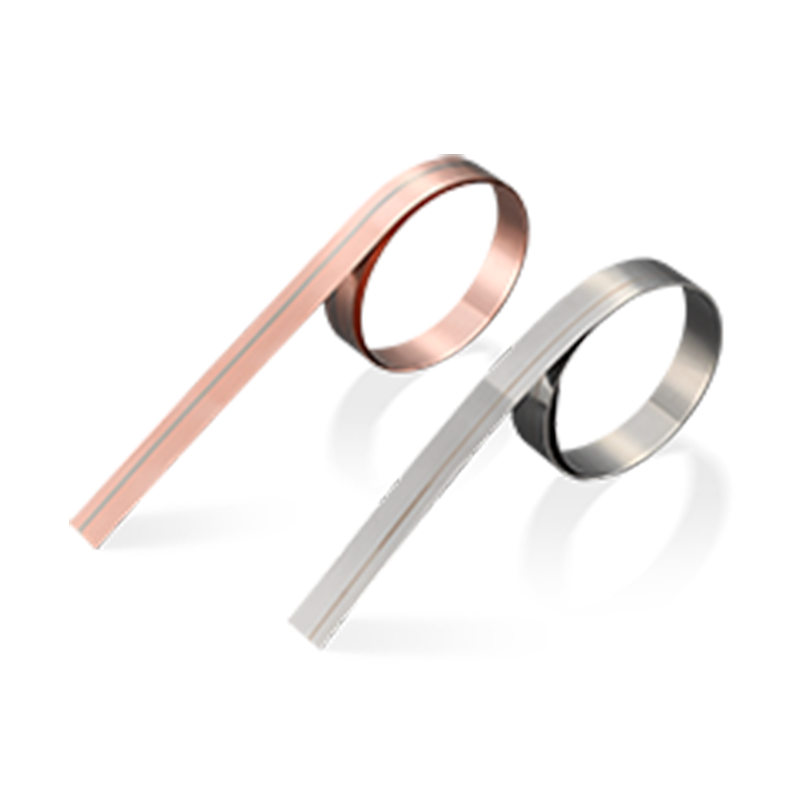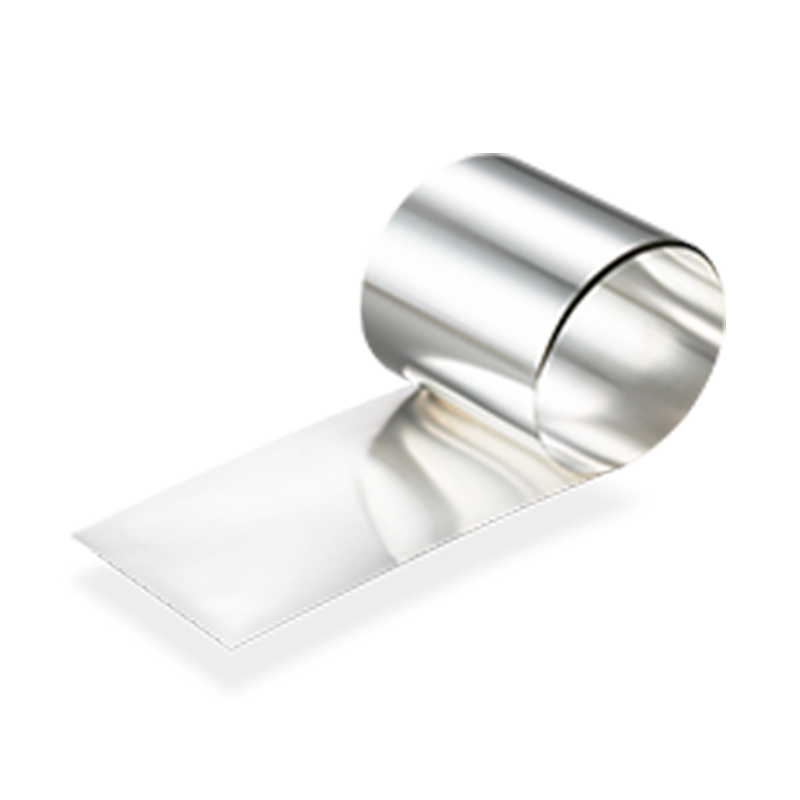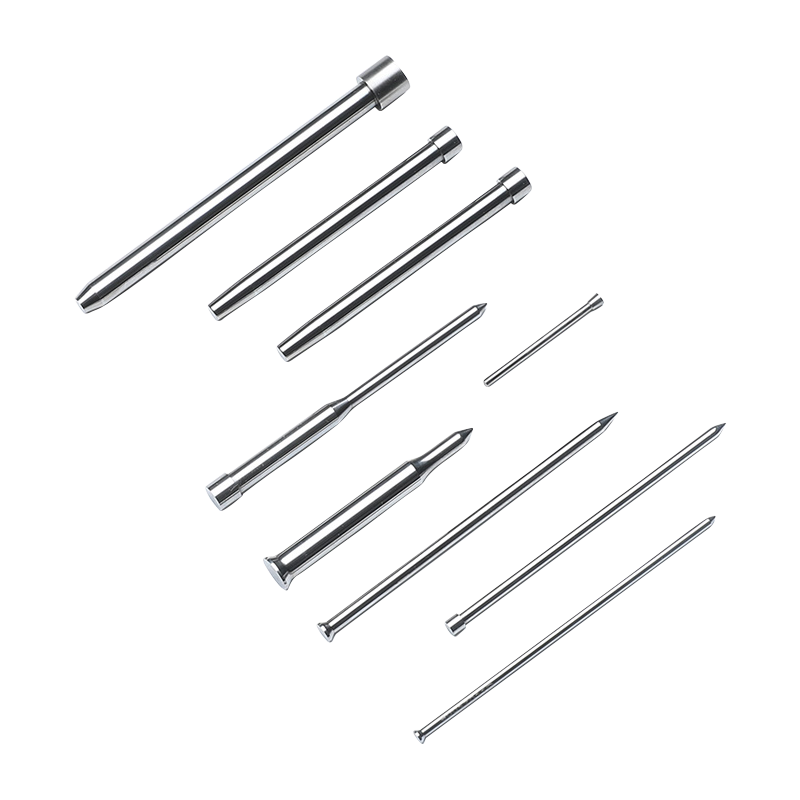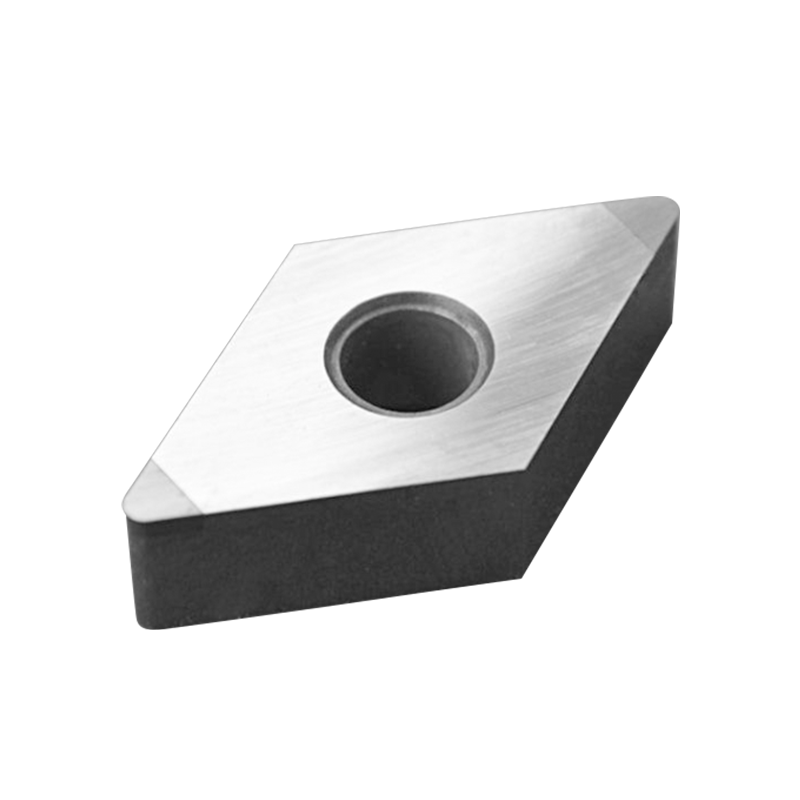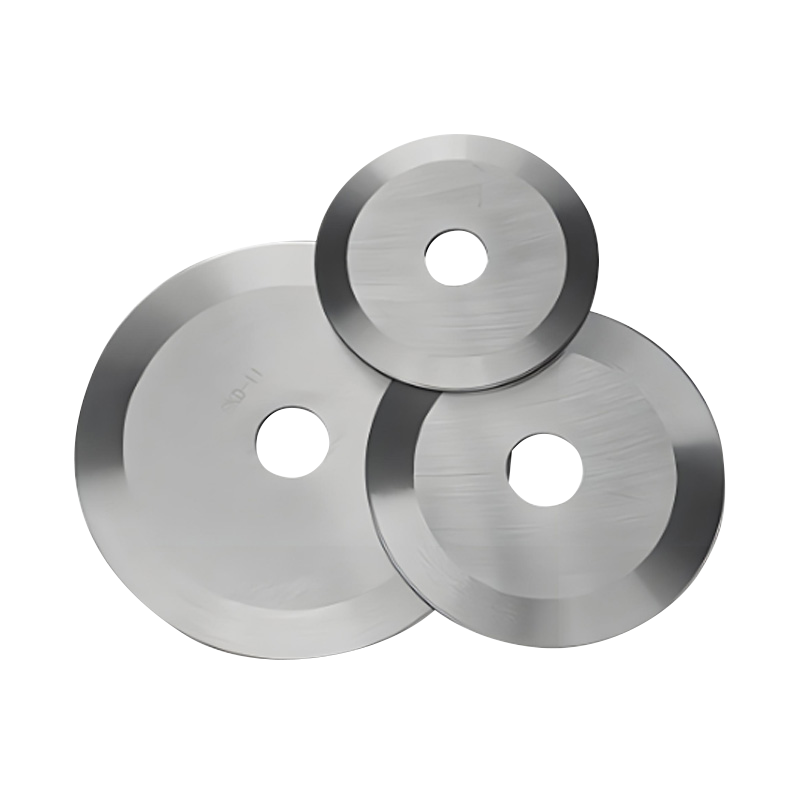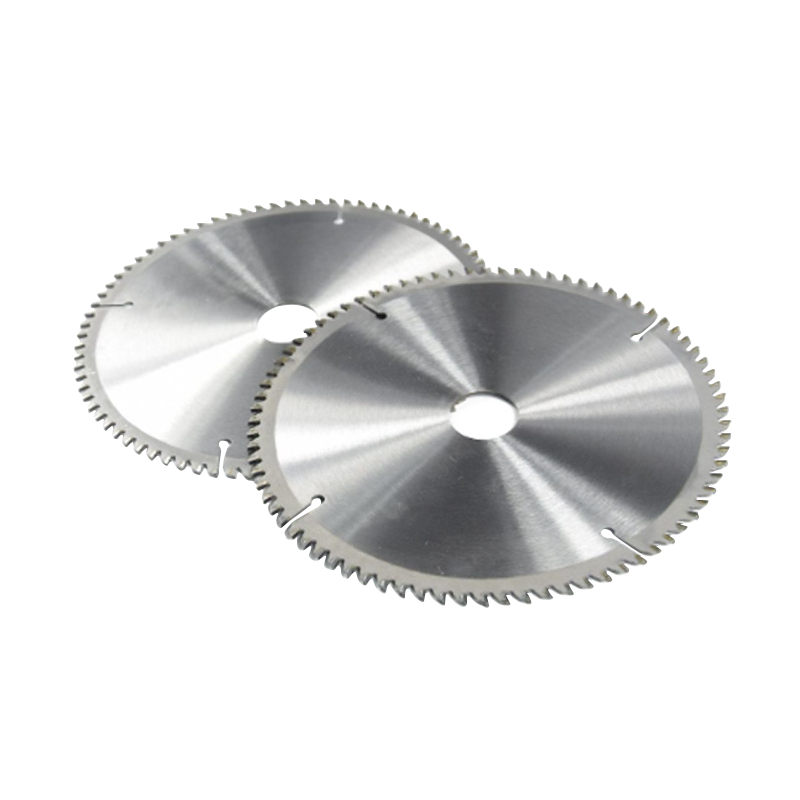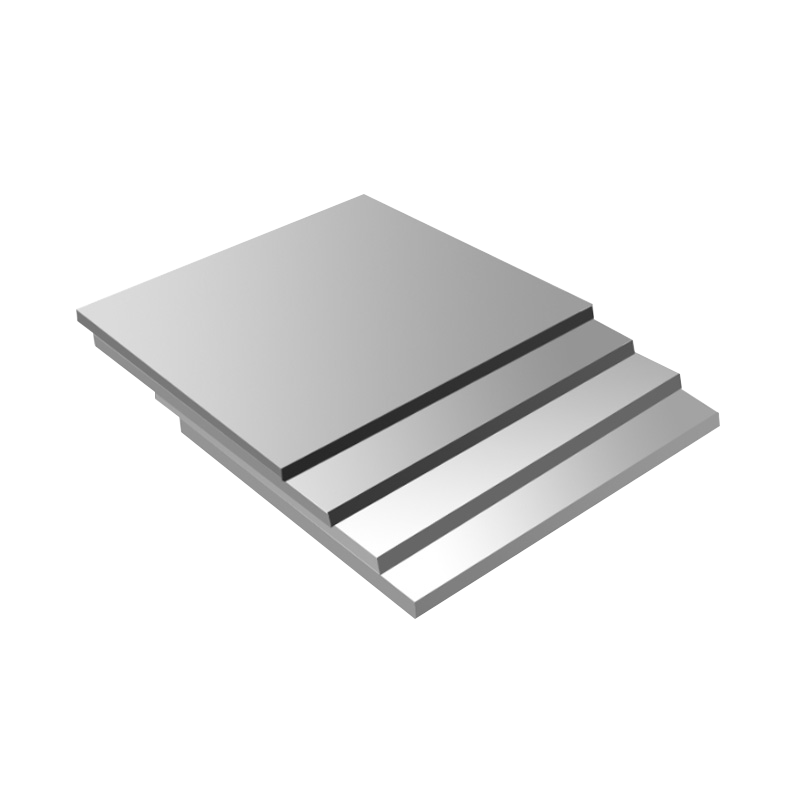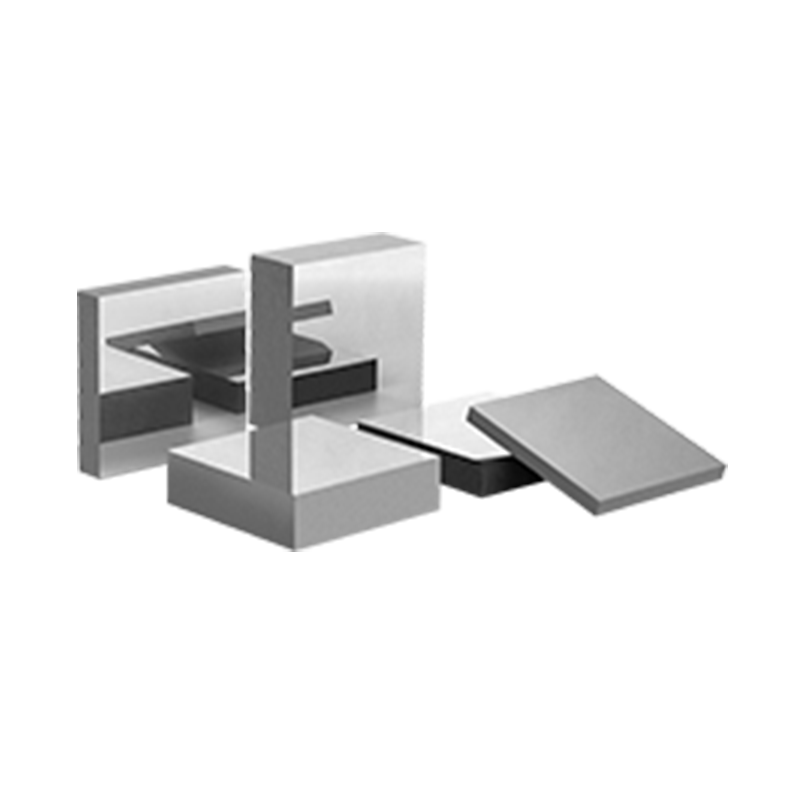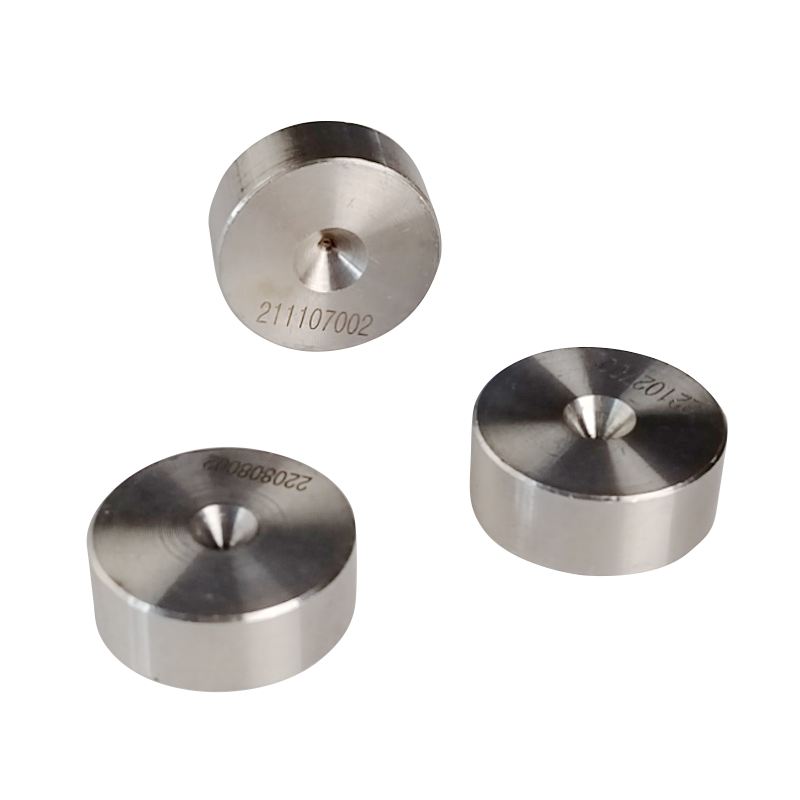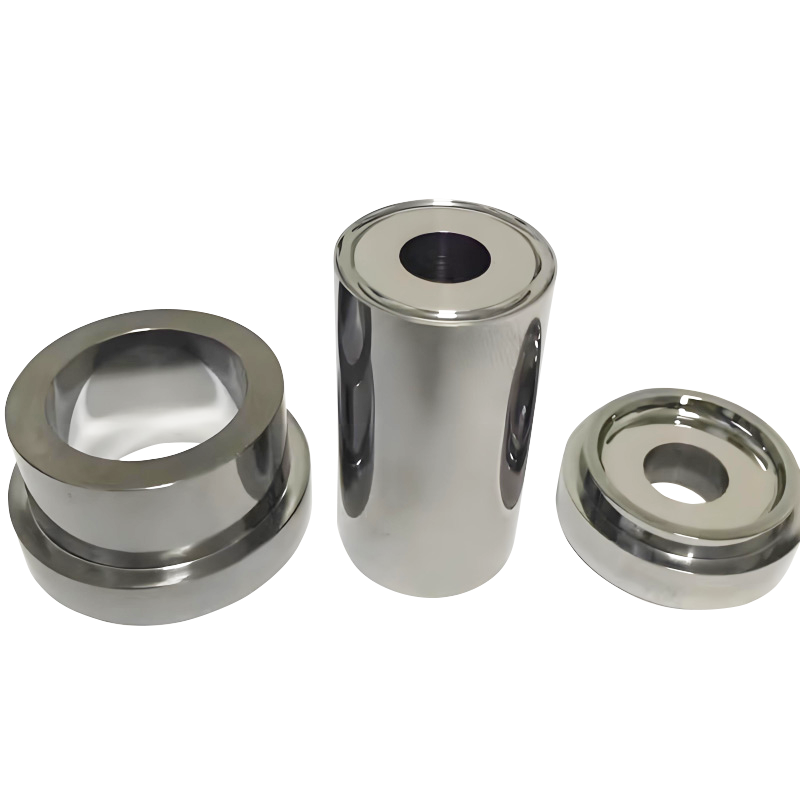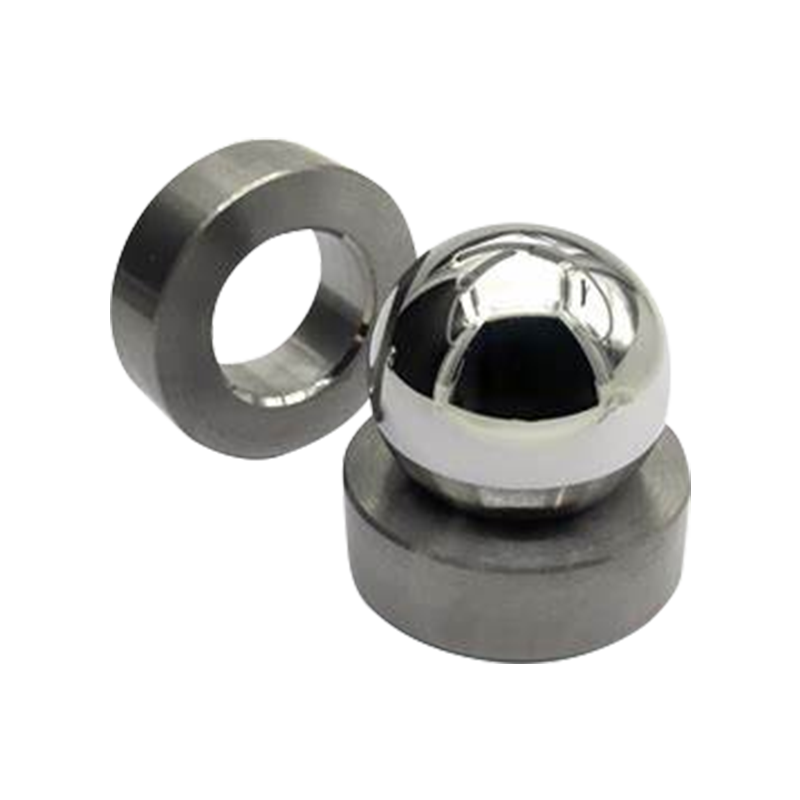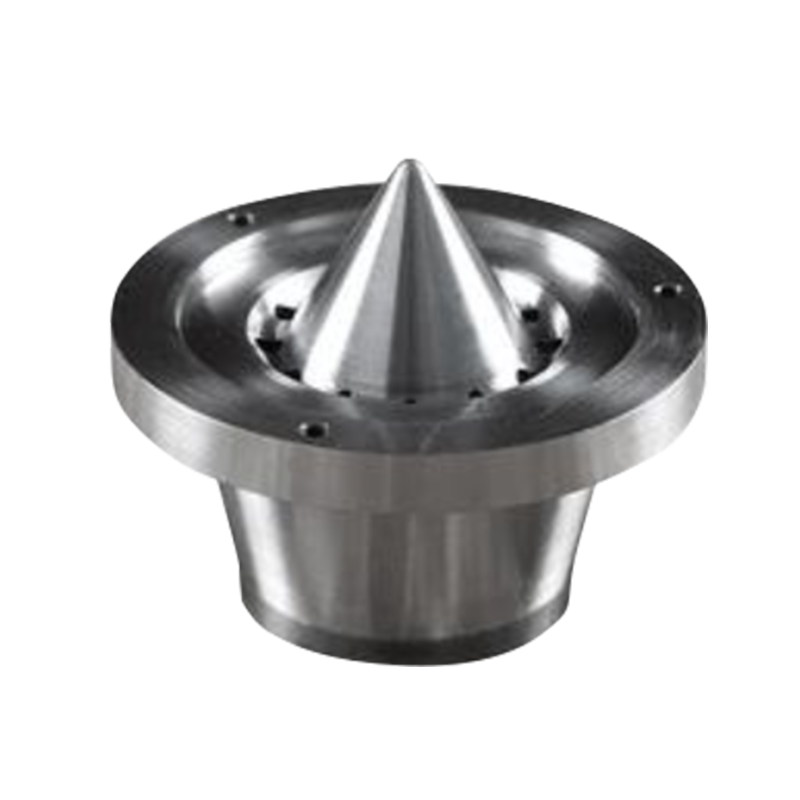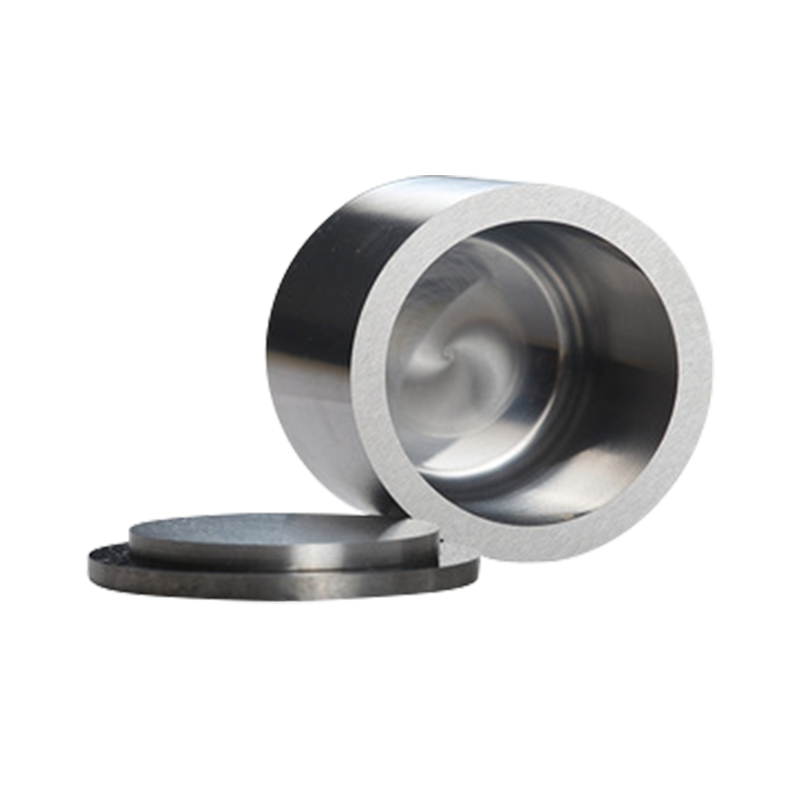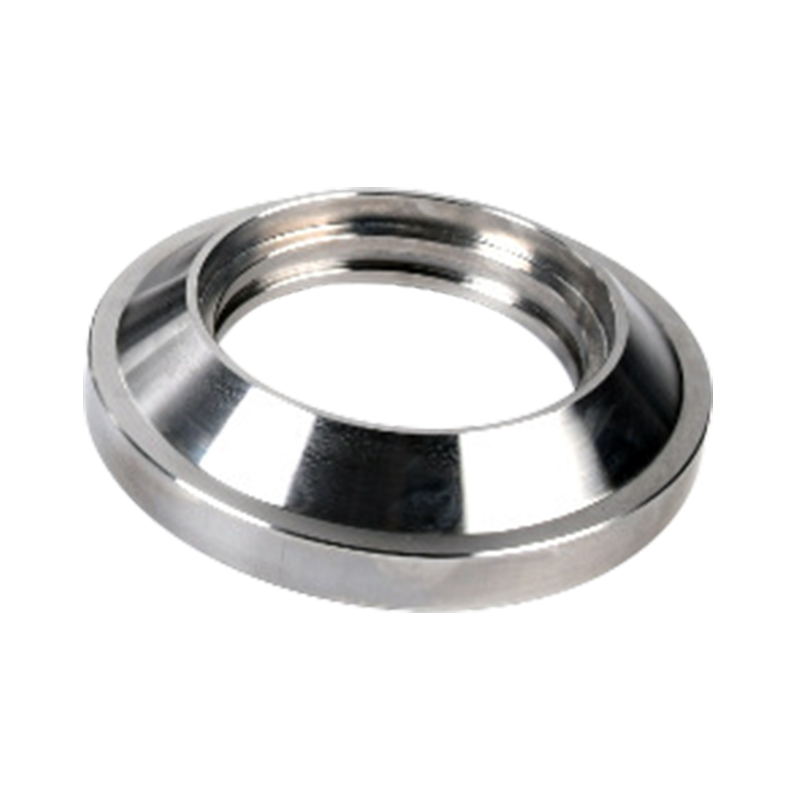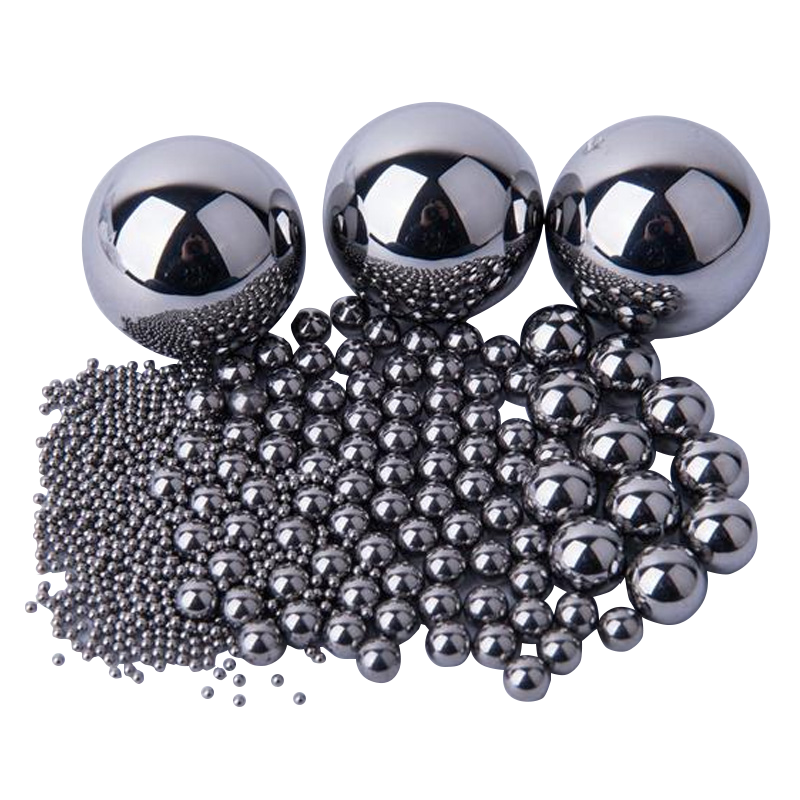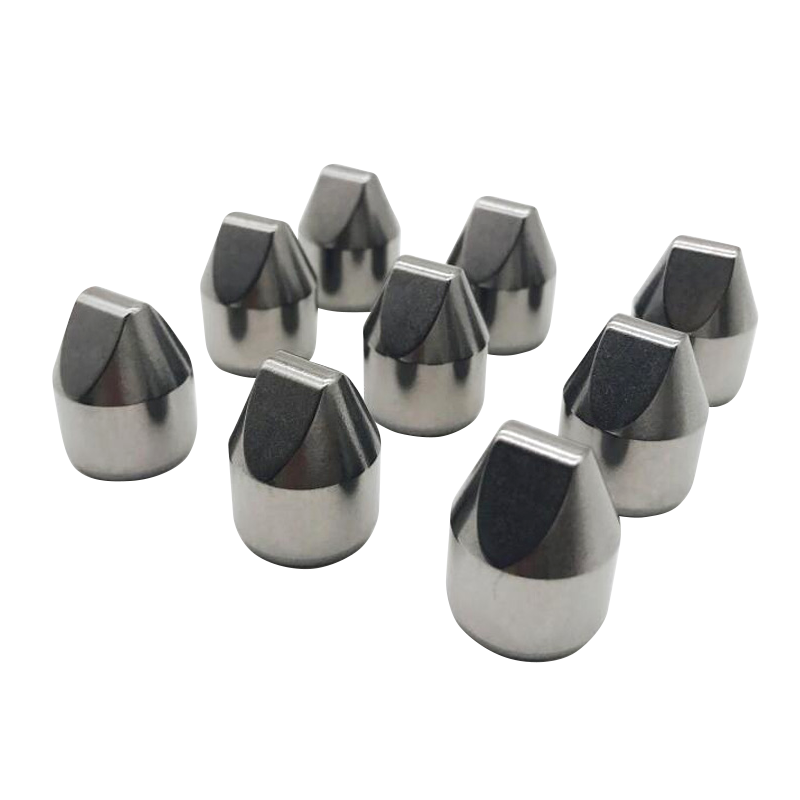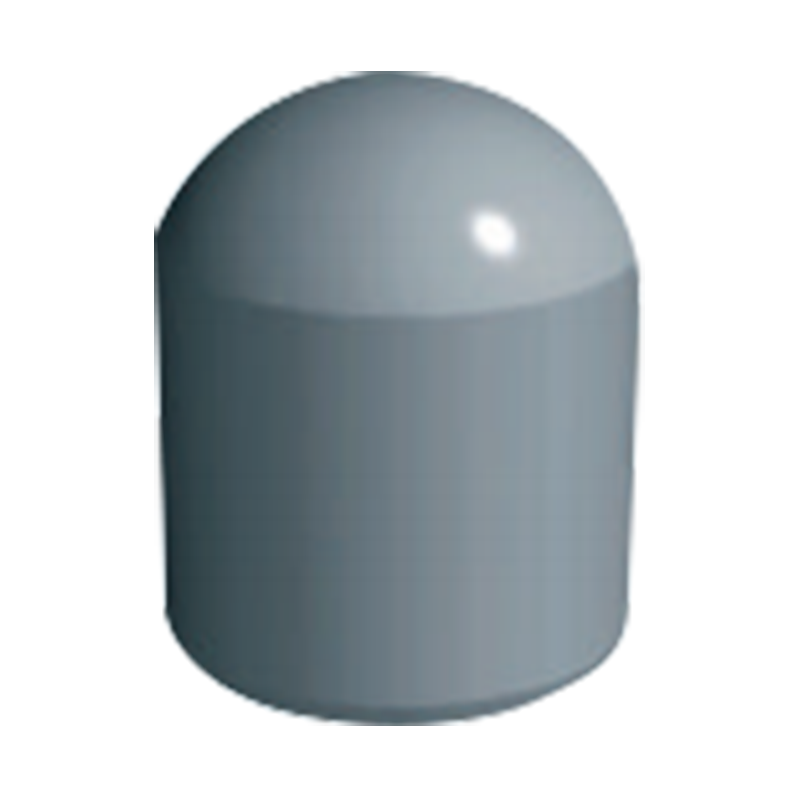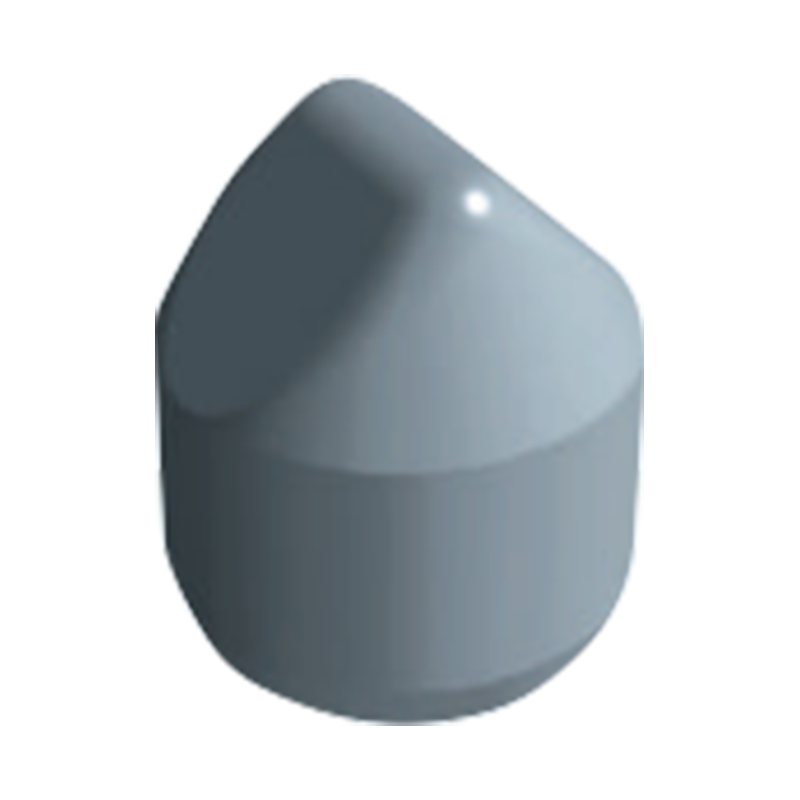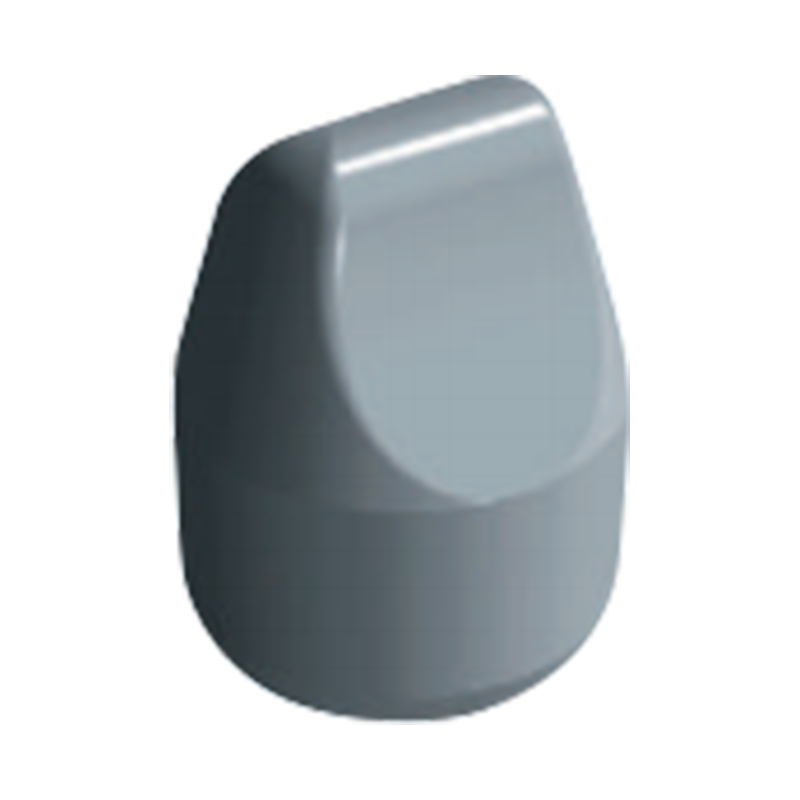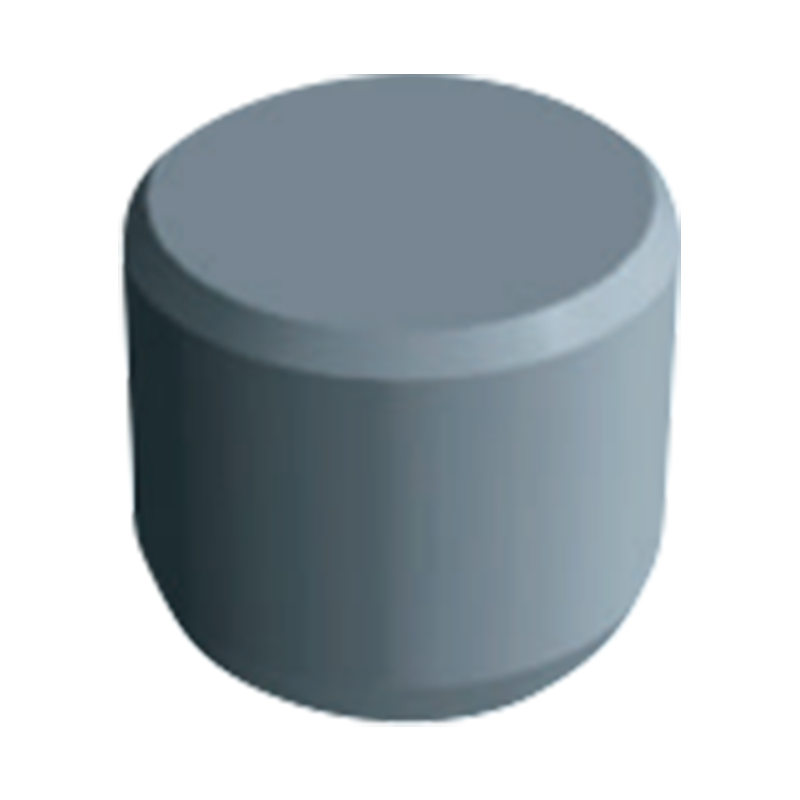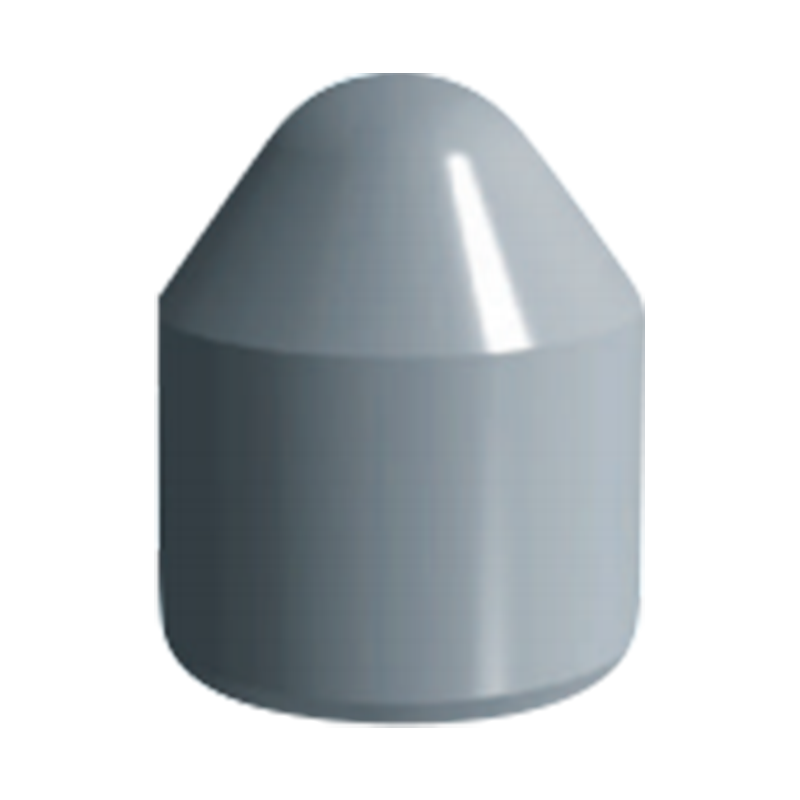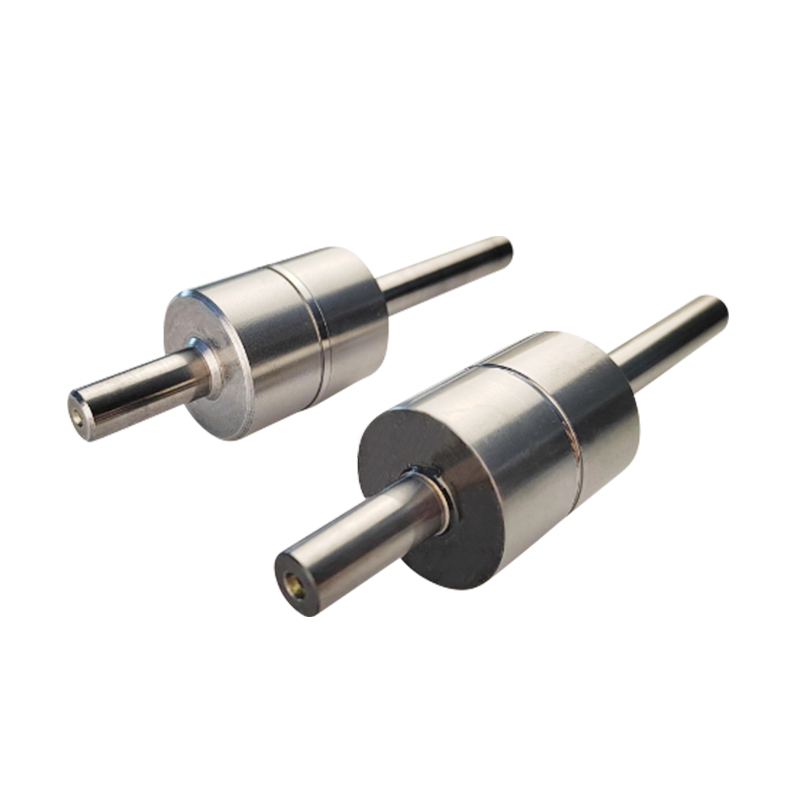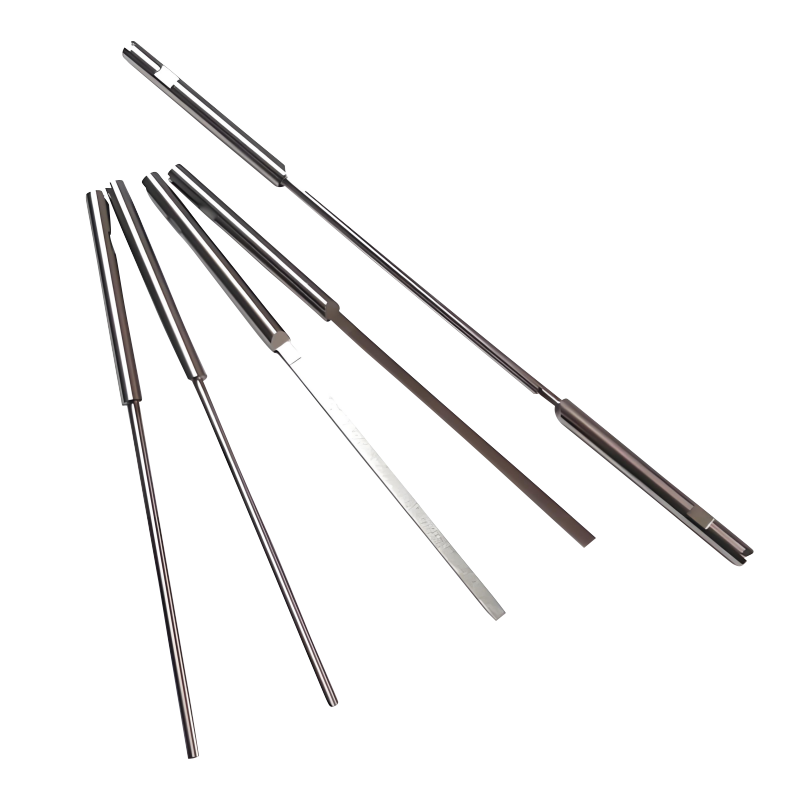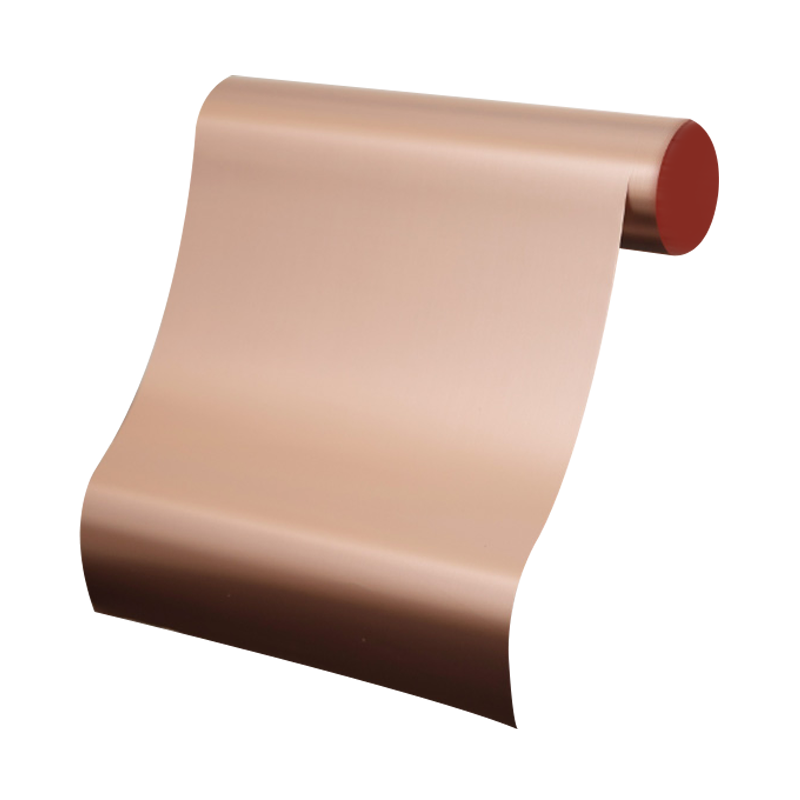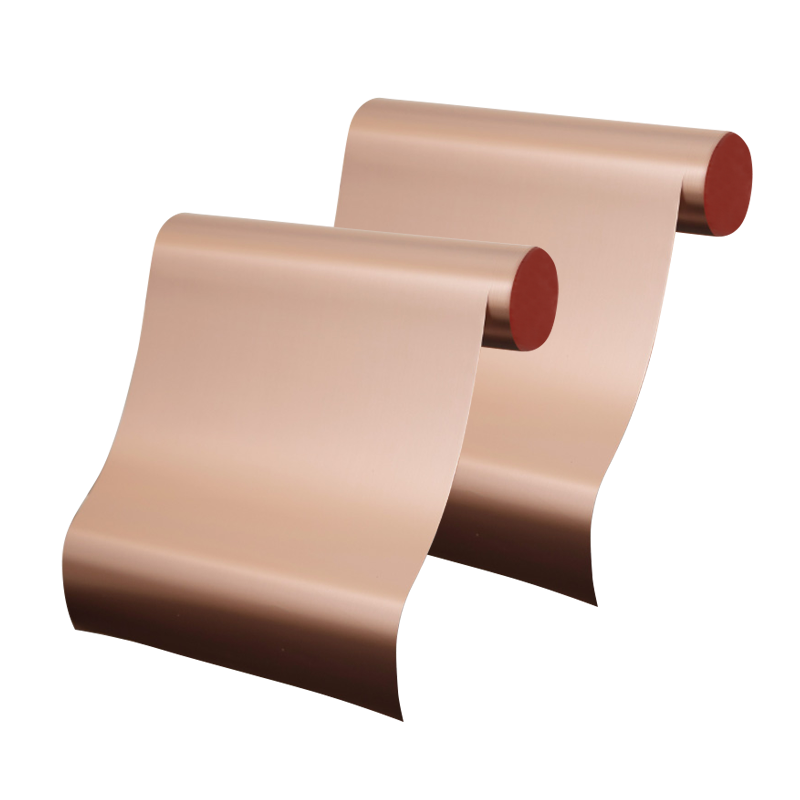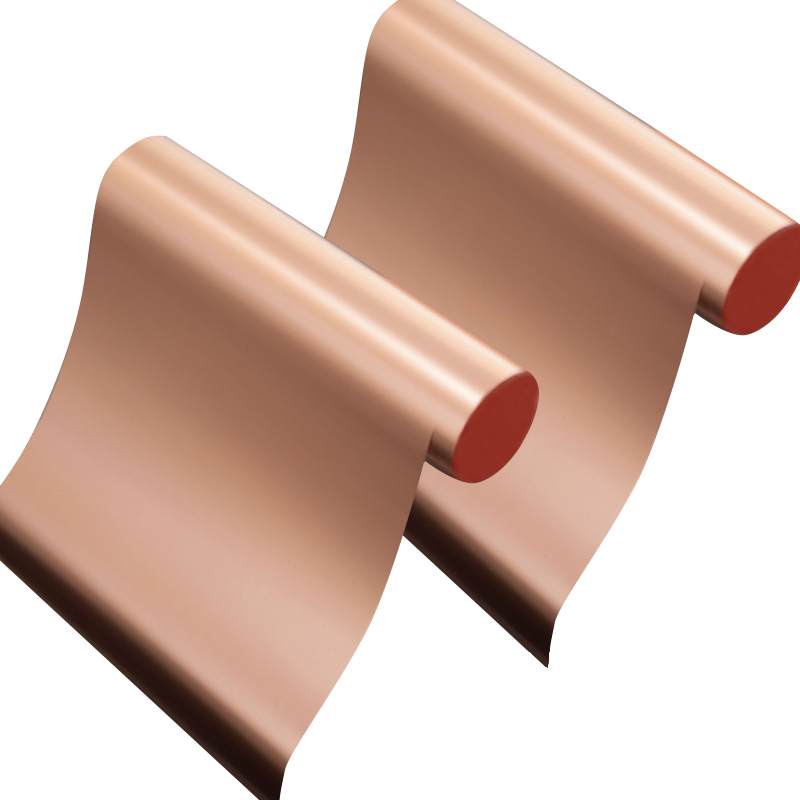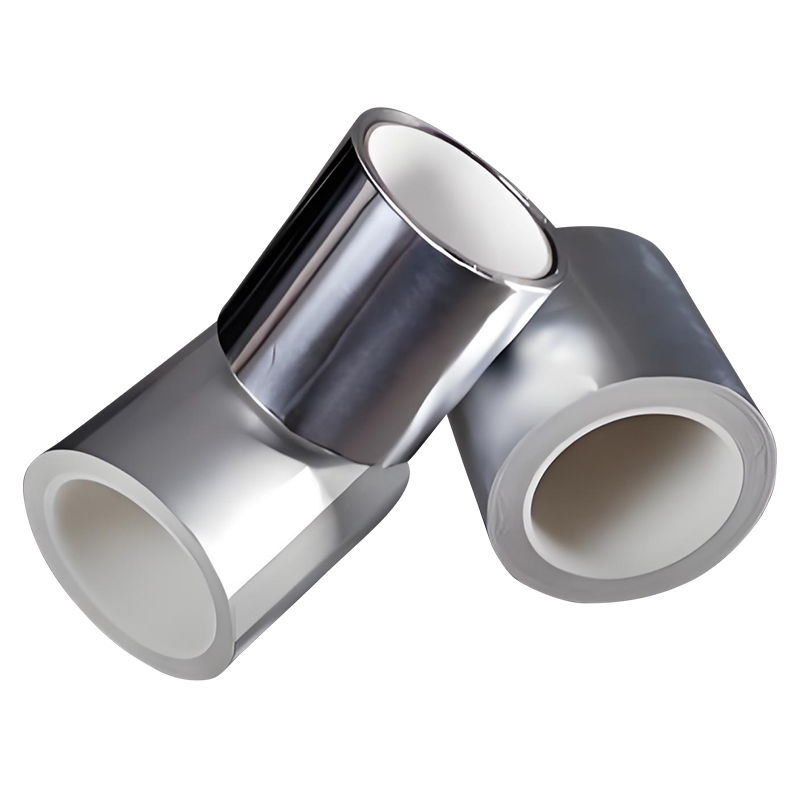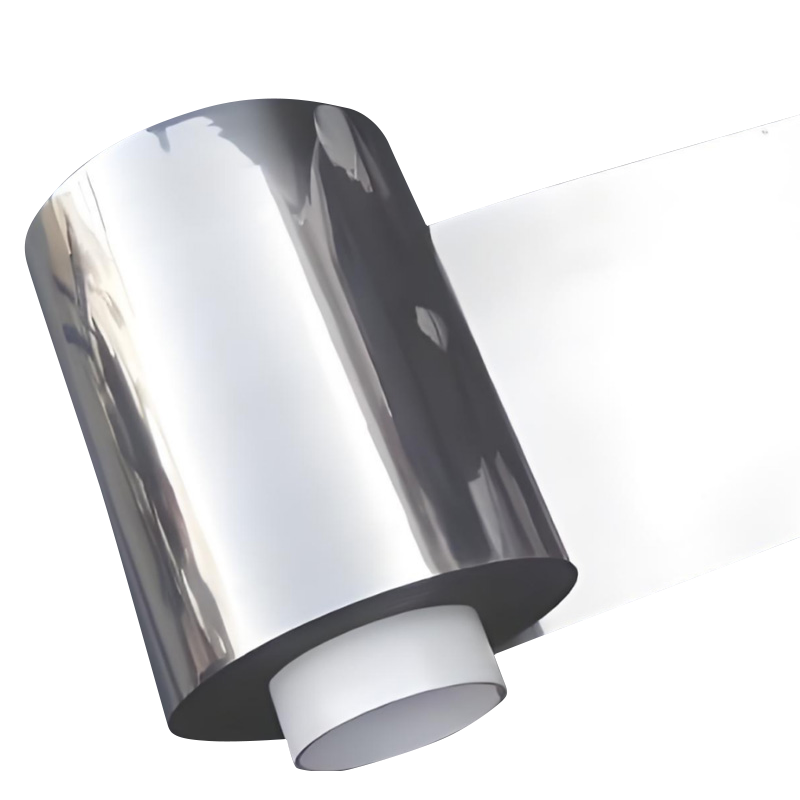If you need any help, please feel free to contact us
- Silver Alloy Electrical Contact Materials
- Copper Alloy Electrical Contact Materials
- Multi-layer Composite Materials
- Special Type Of Wire
- Thermal Bimetal Material
- Copper Steel Composite Material
- Copper Aluminum Composite Material
- Silver Copper Composite Material
- Copper Nickel Composite Material
- Aluminum Nickel Composite Material
- Aluminum Steel Composite Material
- Noble Metal Complex
Precision Tools for Tough Jobs: Applications and Advantages of Tungsten Carbide Burrs
Tungsten carbide burrs are rotary cutting tools used in a wide range of industrial applications requiring precision, speed, and durability. Engineered from one of the hardest materials available, these tools are essential for professionals in metalworking, fabrication, aerospace, automotive, dental, and woodworking industries. Their high-performance capabilities make them a reliable solution for shaping, grinding, deburring, and material removal across hard metals and other difficult substrates.
What Are Tungsten Carbide Burrs?
Tungsten carbide burrs—also called rotary burrs or rotary files—are small, rotating cutting tools typically used with high-speed rotary tools such as die grinders, Dremels, or pneumatic rotary tools. They feature sharp-cutting flutes in various shapes, including cylindrical, ball, flame, tree, cone, and oval, tailored for specific tasks and material profiles.
The term carbide refers to tungsten carbide, a compound of tungsten and carbon. This material is known for its extreme hardness (ranking close to diamond on the Mohs scale), excellent heat resistance, and long service life. These properties make tungsten carbide burrs suitable for high-speed, high-efficiency cutting, even on hard metals such as stainless steel, carbon steel, titanium, nickel alloys, and cast iron.
Common Applications of Tungsten Carbide Burrs
1. Deburring and Edge Smoothing
After machining, welding, or cutting metal components, sharp edges and rough surfaces often remain. Tungsten carbide burrs are commonly used to remove burrs and smooth edges to meet safety, aesthetic, and functional standards. Their ability to maintain edge precision without compromising material integrity makes them ideal for finishing aerospace parts, surgical instruments, and precision automotive components.
2. Shaping and Carving Hard Materials
Carbide burrs allow skilled technicians to shape or contour metal, stone, ceramic, and composite materials. Their cutting efficiency makes them suitable for tool and die making, custom metal fabrication, mold creation, and jewelry crafting. In woodworking, carbide burrs are used to shape hardwoods, especially in intricate carving applications.
3. Weld Cleaning and Surface Preparation
Removing slag, spatter, or excess weld material is a critical step in post-weld operations. Carbide burrs can clean weld beads and prepare metal surfaces for painting, coating, or inspection. Their heat resistance ensures they maintain performance under the friction-intensive conditions typical of weld cleanup.

4. Hole Enlargement and Precision Grinding
Tungsten carbide burrs are used to enlarge or adjust drilled holes to precise tolerances. They can also refine and clean up cutouts or cavities, making them a staple in manufacturing environments where dimensional accuracy is critical.
5. Porting and Cylinder Head Work
In automotive and performance engine applications, carbide burrs are essential for porting cylinder heads, smoothing intake and exhaust ports, and removing casting flash. Their precise control and cutting power contribute to improving airflow and engine efficiency.
6. Dental and Medical Tooling
Smaller tungsten carbide burrs are widely used in dental laboratories and surgical instrument manufacturing. They allow technicians to grind, shape, and finish metal and ceramic materials used in crowns, prosthetics, and surgical devices.
Types of Tungsten Carbide Burr Cuts
Tungsten carbide burrs are available in various flute designs, each optimized for specific materials and finishes:
Single Cut: Produces long chips and is ideal for removing large amounts of material. Best suited for ferrous metals like steel and iron.
Double Cut (Cross Cut): Produces smaller chips and reduces tool chatter. Suitable for a smoother finish on metals, plastics, and hard woods.
Aluminum Cut: Features wider flutes to prevent clogging and is specifically designed for non-ferrous metals like aluminum, brass, and copper.
Diamond Cut: Designed for fine finishing on hard materials such as stone, ceramics, and composites.
Key Benefits of Tungsten Carbide Burrs
Exceptional Hardness and Durability: Outlasts traditional high-speed steel tools, especially under continuous use on hard materials.
Precision and Control: Offers fine control over material removal, even in detailed or complex profiles.
Heat Resistance: Maintains cutting performance and edge sharpness under high-speed friction.
Versatility: Suitable for a wide variety of materials—metal, wood, plastic, ceramic, fiberglass, and more.
Efficiency: Reduces the time and effort needed for material shaping, finishing, and polishing.
- Tel:
+86-18857735580 - E-mail:
[email protected]
- Add:
No. 5600, Oujin Avenue, Wenzhou Marine Economic Development Demonstration Zone, Zhejiang Province, China
Copyright © Wenzhou Hongfeng Electrical Alloy Co., Ltd. All Rights Reserved. Metal Composite Materials Manufacturers

 en
en English
English Deutsch
Deutsch